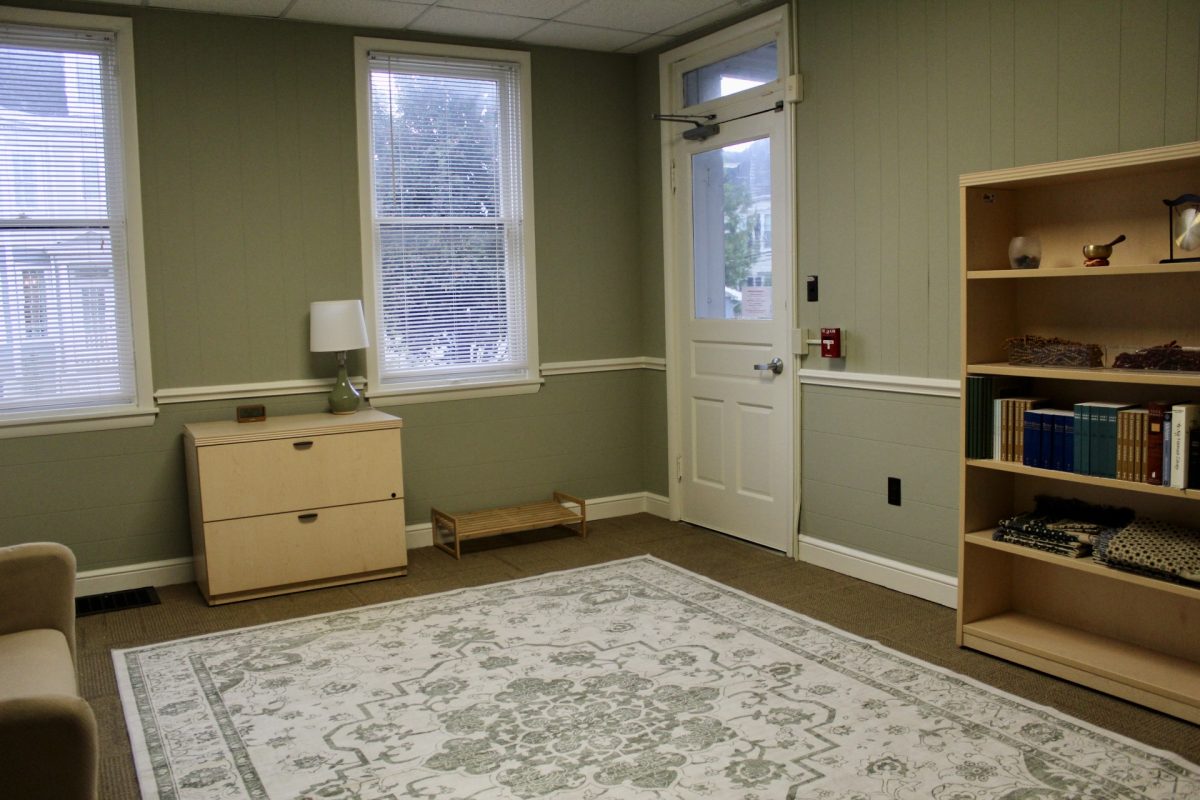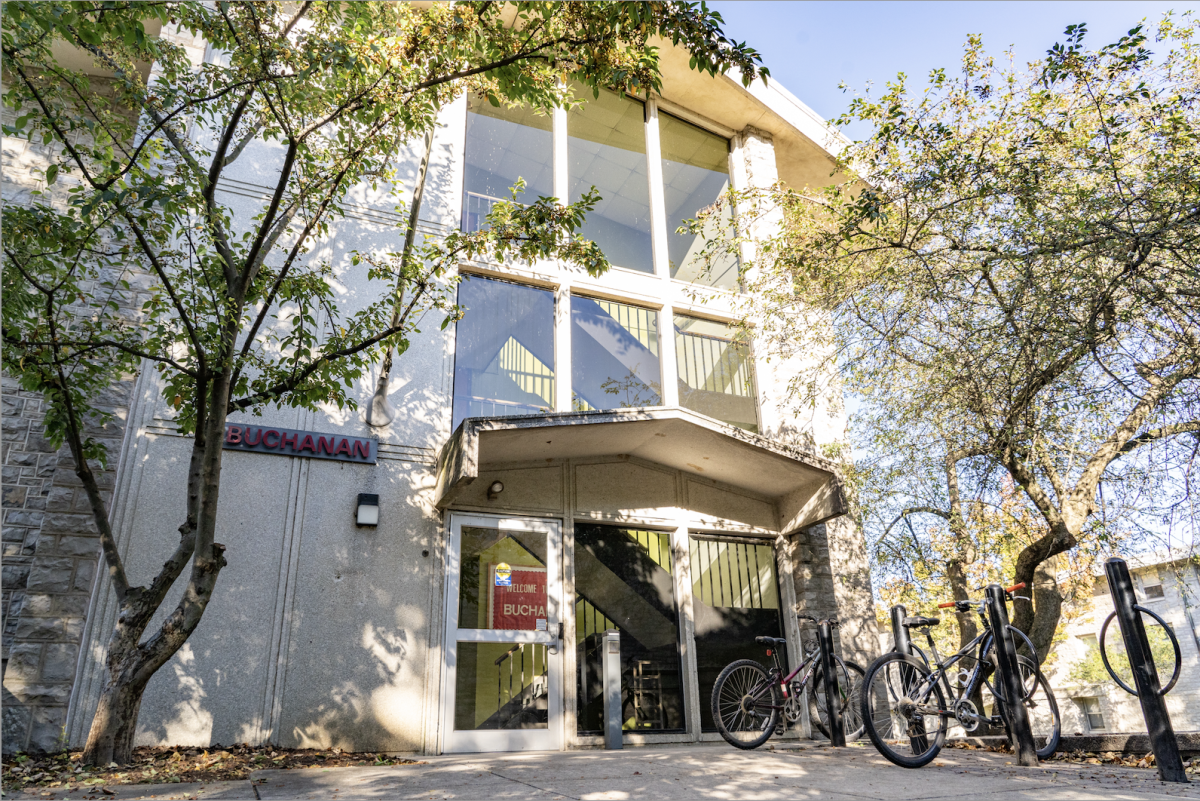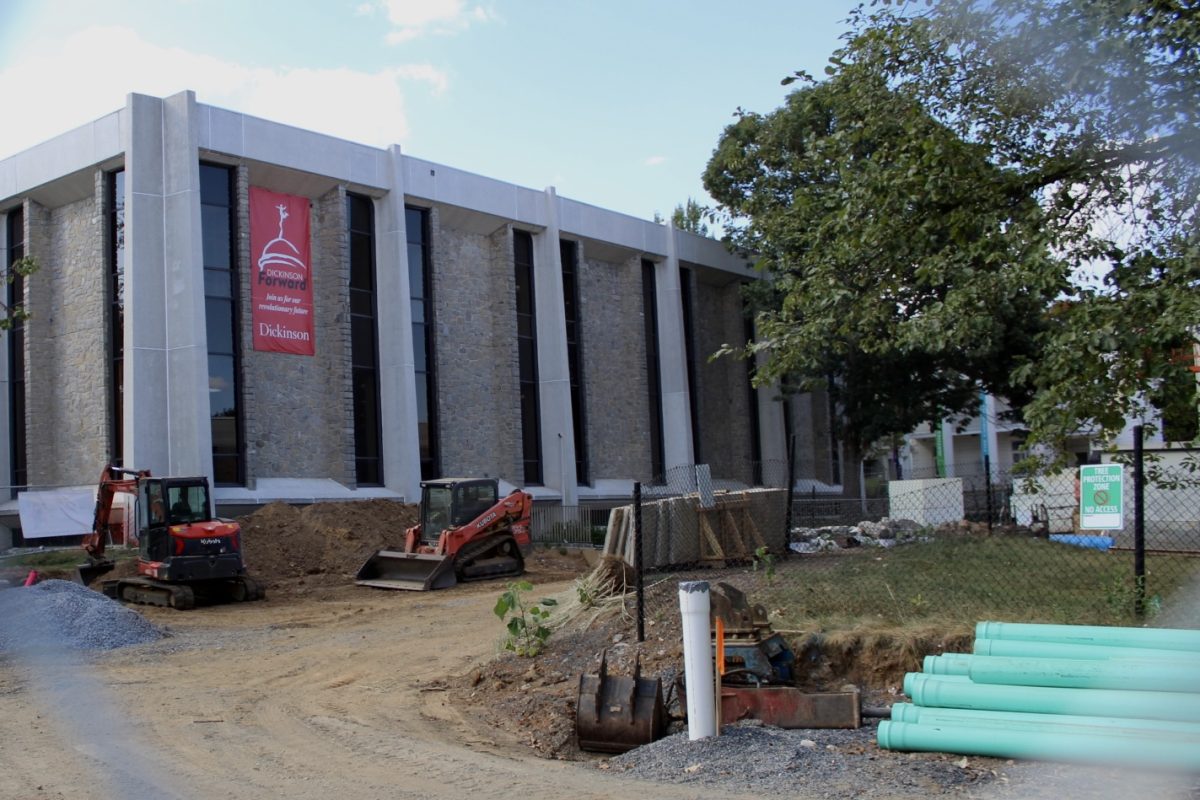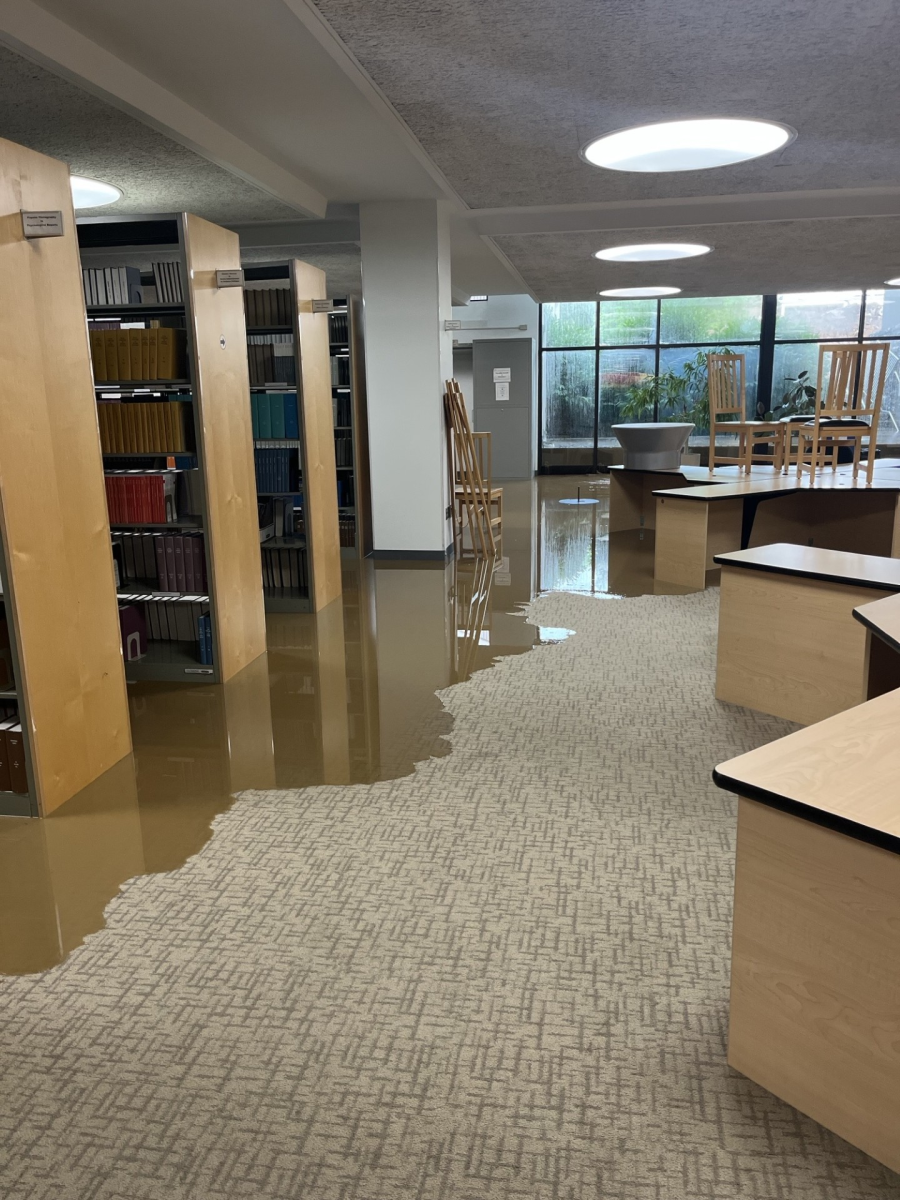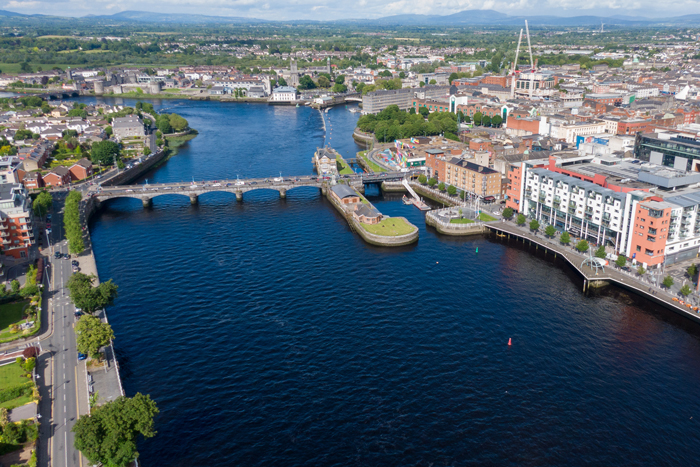In 2024, colonization may sound like a relic of the past. Yet, the United States still holds five “unincorporated territories,” which “belong to, but are not a part of” the union. The largest of these territories is Puerto Rico, with a population of 3.2 million.
Last Thursday, the Clarke Forum hosted a talk by Carlos Vargas-Ramos, director for public policy, external and media relations, and development at the Center for Puerto Rican Studies at Hunter College, on the history and present situation of Puerto Rico’s candidacy for statehood.
Puerto Rico’s long history of colonization by Western powers began when Christopher Columbus landed on the island in 1493. Its strategic location in the Caribbean and a climate suitable for growing sugarcane made it an important outpost of the Spanish Empire. Following the conclusion of the Spanish-American War in 1898, control of the island shifted from Spain to the United States.
Today, Puerto Ricans are citizens of the United States, but they do not enjoy all the same rights as citizens from the 50 states, including the right to vote in presidential elections. With the 2024 election looming, the question of Puerto Rican statehood is particularly relevant. What would the consequences be, and is such a change even feasible?
According to Vargas-Ramos, Puerto Rico is not likely to join the Union anytime soon. “Puerto Rico’s historical and current situation does not make it a very attractive candidate for statehood under the circumstances,” he said.
Since ratifying the Constitution, Congress has admitted 32 territories to the Union. To be considered for admission, a territory needs to have sufficient population, size and political organization, as well as the ability to finance its government. But there seem to be other, implicit conditions for admission.
For one, there exists a slight negative correlation between how early a territory was admitted into the Union and the percentage of that territory’s population that was white, especially after the Civil War. “These data points suggest that there was another factor for admission not spelled out in the statehood process,” Vargos-Ramas said. “The socially, economically and politically dominant group in the territory needed to be non-Hispanic whites before Congress would consider admitting them.” By contrast, 99% of Puerto Rican residents are Hispanic.
Another important factor is the impact that admission may have on the balance of political power in the U.S. If admitted, Puerto Rico would have more representatives in the House than 21 current states, and it would require significant federal funding. Most, if not all, of its elected officials would be Democrats, which means its admission would face significant opposition from Republicans. Additionally, there are no other territories of large enough population that could be jointly admitted with Puerto Rico that would allow Congress to maintain its balance of power. These facts discourage Congress from approaching the issue of Puerto Rican statehood. Simply speaking, Vargas-Ramos said, “there are more pressing issues in the Congress … than the issue of the territories.”
Beyond that, the majority Puerto Ricans do not want to join the union as a state. Progressives favor complete independence, while the more popular viewpoint is somewhere in the middle of independence and annexation. This ‘commonwealth’ option would allow for some decolonization of Puerto Rico, without completely severing its tie to the U.S.
Puerto Rico has had six direct votes on the matter since 1967, but the nature of the vote does not reflect the true preferences of voters. Advocates of statehood and independence routinely joined forces to make sure that the option of ‘commonwealth’ was not included in the questionnaire. Vargas-Ramos likens this process to “a game of tic-tac-toe,” an unconcealed attempt to block out the option voters really preferred.
Yet, regardless of what position Puerto Ricans support, Congress is not legally obligated to adhere to the results of the referendums. The Supreme Court acknowledges Congress’s right to administer the unincorporated territories how it sees fit. And for much of the 20th century, “Congress was not of the opinion that the people of Puerto Rico could govern themselves,” Vargas-Ramos said. While that attitude changed over time (culminating in 1996, when Public Law 600 allowed Puerto Ricans to write a local Constitution), there remains little doubt on the ongoing status of Puerto Rico as an unincorporated territory.
Besides its strategic location, which allows for the U.S, to control shipping lanes from Panama to Northern Europe, the territory has traditionally served as a model for U.S. influence in Latin America, a counter to communist Cuba. According to Vargas-Ramos, admitting that the U.S. “could not make these people want to be American? That could be embarrassing.”



